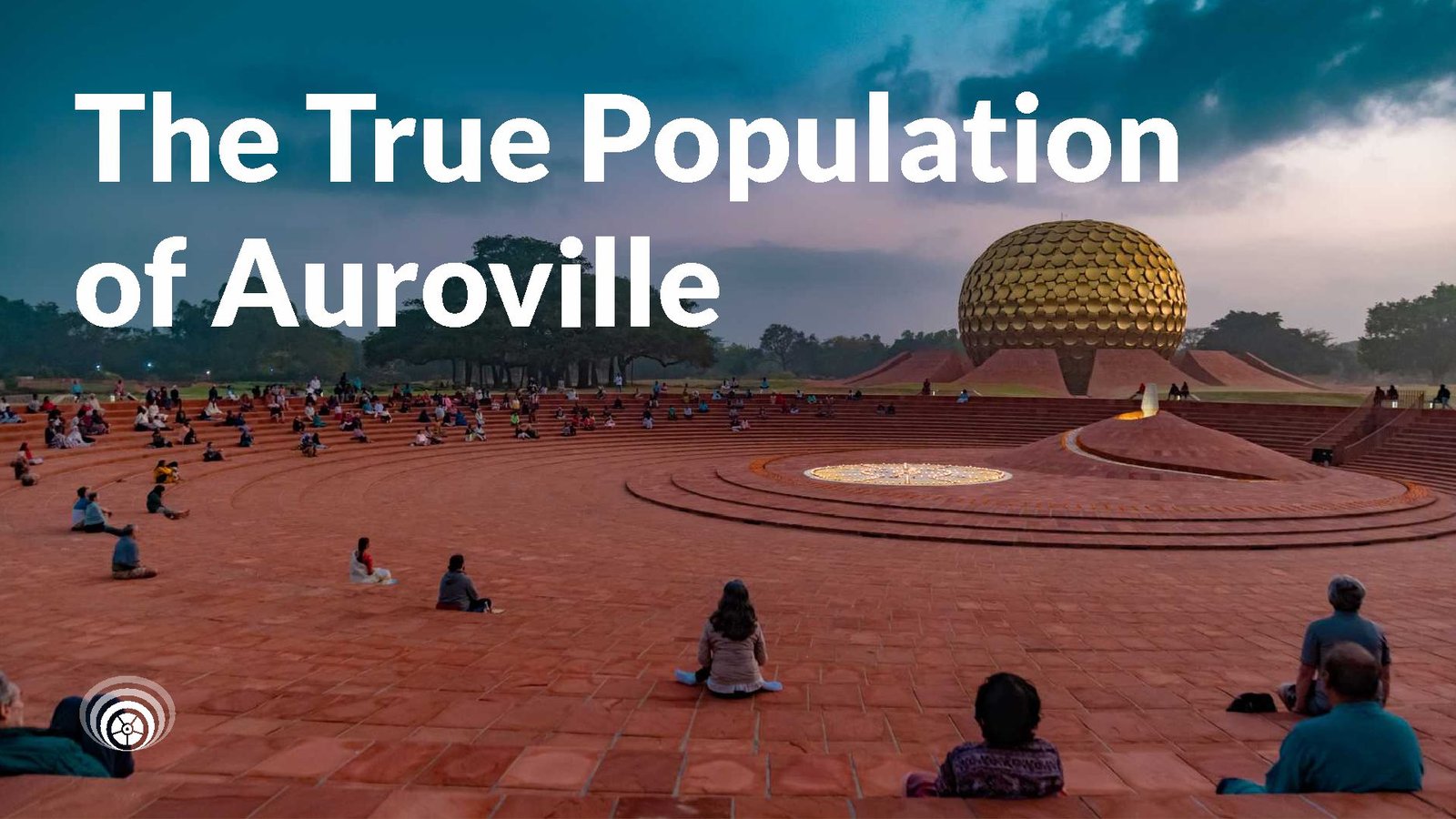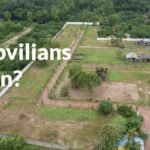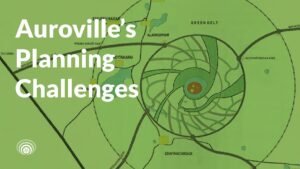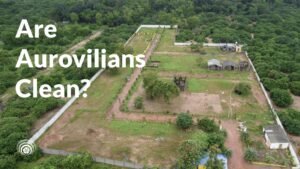
For sometime, Auroville has been known as a community of around 3,000 residents from 60 countries, a unique hub of international population. However, recent revelations from the ongoing update of the Register of Residents (RoR) tell a different story—one that challenges this often-quoted figure and exposes some uncomfortable realities about Auroville’s actual population and its governance.
The Numbers Behind the Facade
According to the Auroville Foundation’s latest update as of April 1, 2024, the ongoing process of updating the RoR has painted a clearer picture of the community’s true population. Out of 2,614 online forms submitted, 152 were found to be duplicates, leaving 2,462 valid submissions. These numbers reflect the residents who actively participated in the verification process.
Yet, a striking 129 individuals failed to submit their forms altogether, raising questions about the accuracy of previous population estimates. If the Foundation is aware of these non-submitted forms, it suggests that the total population count is known. By adding the 129 non-submissions to the 2,462 valid submissions, we can estimate a potential registered population of 2,591.
The Reality of Who’s Actually in Auroville
Out of the 2,462 valid submissions, only 1,861 forms have been verified and confirmed as active residents in Auroville. This suggests that about 1,861 individuals are living and engaged in the community today. However, there are further layers to this number:
- Temporarily out of Auroville: 164 individuals are currently not in Auroville but are considered temporary absentees.
- Long-term out of Auroville: Another 308 are marked as being away from Auroville on a long-term basis, yet remain counted as residents.
When we analyze these figures, it becomes evident that the active population—those who live and work full-time in Auroville—falls far short of the often-quoted 3,000. If we take the 1,861 verified residents and add the 129 who have yet to submit forms (presuming they are living in Auroville), that brings us to exact 2,000 active residents. Even this figure may be optimistic, as many residents only stay for short periods during the year.
Deeper Issues Revealed by the Data
The data reveals several concerning trends about Auroville’s present-day population dynamics:
- Duplication of Forms: The fact that 152 duplicates were found raises questions. Was this an error by older or less tech-savvy residents, or was it an attempt to register multiple times to maintain an inflated presence for those who are no longer active in Auroville? Either way, this indicates a need for better oversight and clarity.
- Non-submission of Forms: The 129 residents who did not submit forms but are still known to the Foundation raise concerns about transparency. If these residents do not wish to be part of the verification process, should they still be counted as active residents?
- The Issue of Long-term Absentees: With 308 people away from Auroville for an extended period, we must question what happens to the houses, assets, office spaces, and other resources stewarded by them. These absences create a disconnect between the physical resources in Auroville and those who could benefit from them—especially when Auroville’s development needs space and assets for new projects, such as the creation of parks or infrastructure improvements. Should these assets be redistributed to active residents or used to meet the pressing needs of the community?
- Temporarily Out of Auroville: The 164 people categorized as “temporarily” absent also require scrutiny. How long can someone be absent before they are no longer considered a resident? Are these individuals returning regularly, or are they merely maintaining nominal ties to Auroville to keep receiving benefits, such as maintenance or accommodation? These questions need answers, especially when planning for Auroville’s future development.
Who Really Governs Auroville?
The most disturbing aspect of these numbers is that many of the people deciding Auroville’s future through the Residents Assembly (RA) may not even live in Auroville full-time. When RA votes occur, they often tally between 500 and 700 votes. But considering that there are 308 residents categorized as long-term absentees, 164 as temporarily out, and 129 who haven’t submitted forms, this adds up to 701 individuals who may not be fully engaged in daily life in Auroville. Are these individuals, many of whom have left the community or are rarely present, really the ones deciding Auroville’s fate?
This reality brings to light a system of convenience for those who benefit from the status quo. The RA, which should represent the active population, may instead be disproportionately influenced by individuals who have a distant relationship with the community and yet continue to vote on its most critical decisions.
The Need for Reform
As Auroville seeks to manifest its vision, we cannot ignore the facts. The reality is that there are likely fewer than 2,000 full-time residents in Auroville, many of whom are not actively engaged in the work that needs to be done. For Auroville to grow and evolve, it must address these systemic issues of organisation, absenteeism, and resource management.
If the community fails to act, the Auroville Foundation and the Government of India may be forced to take “tough” action, including amending the Auroville Foundation Act to ensure that decisions are made by those who are fully present and committed to Auroville’s future.
It’s time for real transparency and collaboration. The community must work together to ensure that Auroville’s resources, governance, and vision are aligned with the needs of those who are truly here to build “the City the Earth needs.”






